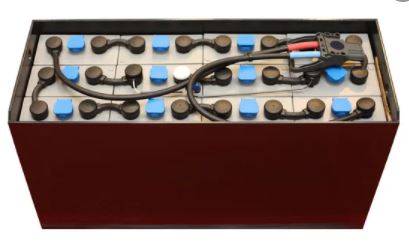A deep cycle battery is a type of rechargeable battery that is designed to last for a long time rather than being used as a single-use battery. They are designed for extended use at a relatively low state of charge. Deep cycle batteries are most commonly used in marine and RV applications and are often used in solar power systems as well. These batteries are capable of providing long use, low maintenance, and resilience.
The most common type of deep cycle battery is lead-acid, but there are many others, including nickel-cadmium, silver-zinc, nickel-iron, and lithium-ion. Deep cycle batteries take in more than just electricity when they are hooked up to a charge. They take in corrosive acid and must be vented with a muffler to keep the fumes from the battery out of the air.
Methods for charging a deep cycle battery
Charging a deep cycle battery is easier than you might think. There are several different types of chargers that you can use, and depending on your budget and what kind of battery you have, they can all be used. The main types of chargers are either an alternator charger, a solar charger, or a standard battery tender.
A solar charger just uses the sun’s energy to charge the battery. A solar charger is very handy for a remote locations, and for people who live in areas where there may not be enough sun to charge the batteries.
An alternator charger charges the battery using an alternator, which is found on most vehicles. An alternator uses the engine’s spinning motion to charge the battery.
A light-duty battery tender, like the one we have, charges the battery using a small amount of current. Battery tenders are automatically controlled so they only charge the battery to a certain voltage level. This protects the battery from overcharging and excessive current. Battery tenders can be used with either an alternator or a solar charger, although they can also be used with direct current (DC) solar panels.
Once everything is hooked up and turned on, you need to charge your deep cycle battery.
Choose a charge controller that is capable of charging your battery to at least 80% of its capacity. It’s best to leave your battery on a trickle charge overnight. However, this depends on several variables, but 24 continuous hours of charge time is recommended.
Conclusion
Deep cycle batteries should be charged at least twice a year, and more often if you own a recreational vehicle. Always be sure to check the water levels in your deep cycle battery, and charge your batteries only when they are at least 30% depleted. Use these tips to safely and effectively charge your deep cycle batteries.
To learn more about charging a deep cycle battery, contact our experts at Lifeline Batteries Inc. We offer free estimates and fast service, so you can get back on the road quickly.

